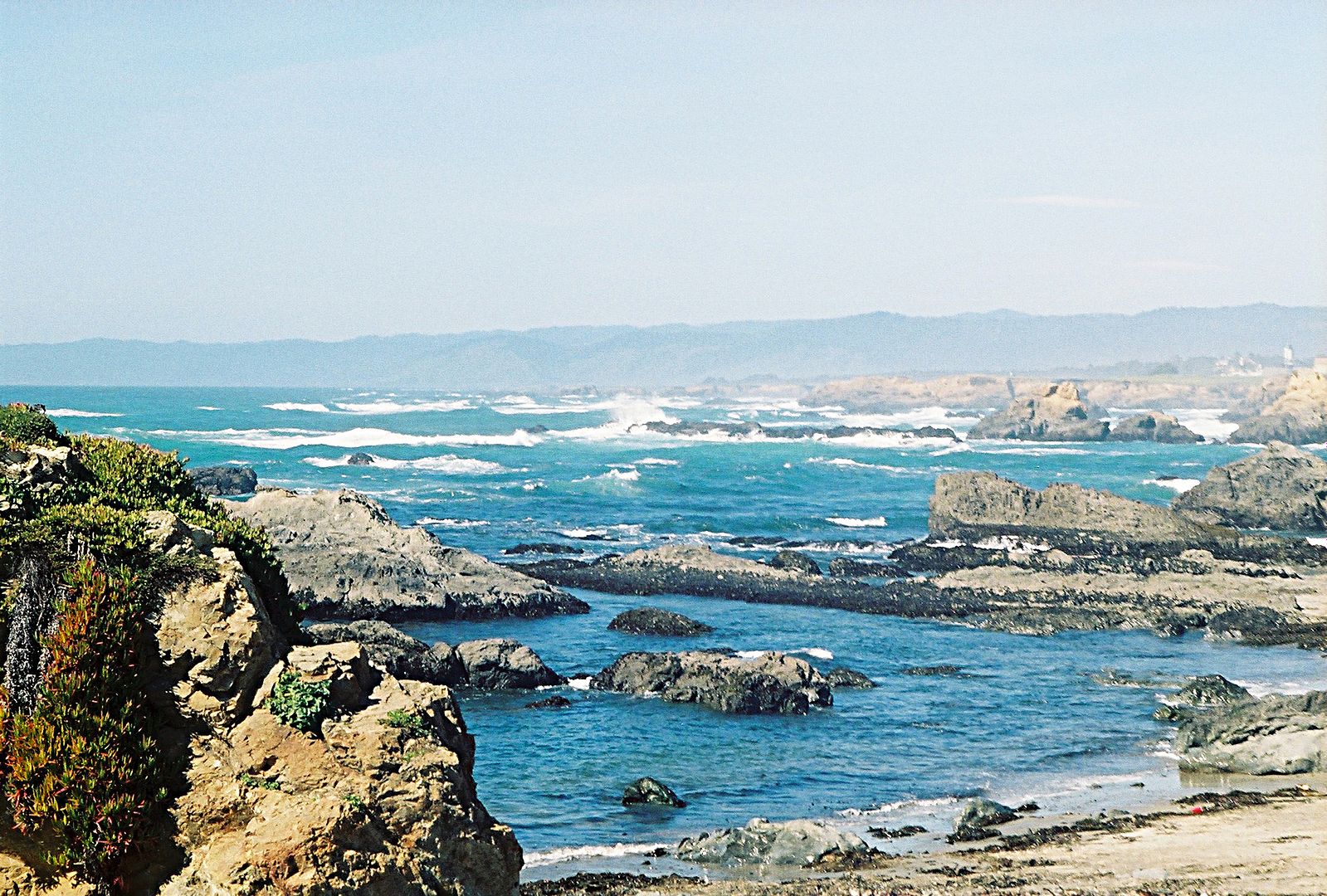|
|
Post by olroy2044 on Nov 10, 2012 11:06:03 GMT -5
I am just starting to explore some of the functions of post processing. I use GIMP, and so far have been pretty satisfied with it especially for the price (FREE ;D) I recently posted this shot in the photo competition thread:  I put it up without comment, because I could not decide whether I had improved it, or ruined it  . I am leaning toward the ruined side. Mickey reinforced that opinion when he asked if I had sharpened it. Here is the original shot, un-altered:  This was taken on Fuji 400 Superia film with a Pentax P3n wearing a Vivitar/Komine 35-70mm lens. It was given a .50 unsharp mask in Gimp. For my taste, if digital alteration is obvious, it is to much, unless one is deliberately striving for a particular look. What do you folks think of these two versions? Roy |
|
hansz
Lifetime Member
   Hans
Hans
Posts: 697
|
Post by hansz on Nov 10, 2012 11:16:27 GMT -5
For me, the second picture is definitely the best.
Hans
|
|
|
|
Post by Peltigera on Nov 10, 2012 11:33:22 GMT -5
The first picture is definitely over sharpened. If it is a jpeg file, the camera will have sharpened it in camera and it is unlikely to need additional sharpening. I always use RAW files with my digital camera and sharpen to 3.5 although GIMP offers 5 as the default.
|
|
|
|
Post by olroy2044 on Nov 10, 2012 11:44:54 GMT -5
The GIMP default was used, but it is a film shot. I've been playing around with the shot, and have decided it is best just left alone. Even the least amount of unsharp available is to much, to my eye.
|
|
Doug T.
Lifetime Member
   Pettin' The Gator
Pettin' The Gator
Posts: 1,199
|
Post by Doug T. on Nov 10, 2012 13:34:32 GMT -5
Roy, I like the second shot better. I use the sharpen feature as little as possible, there are times, however, when you have to do it. If it's a digital shot, I always leave an untouched copy on a disk just in case I goof it up. That happens more often than I care to admit  Doug BTW, I use Photoscape. It's easy to use and is free as well  |
|
mickeyobe
Lifetime Member
   Resident President
Resident President
Posts: 7,280
|
Post by mickeyobe on Nov 10, 2012 16:13:03 GMT -5
I do use sharpen and any other corrective features available in Photoshop 4.
I know that if I don't like what I have done I can always go back one step at a time or revert to the original picture.
I also frequently make a duplicate of the original if I think I really should not alter it but just can't resist.
I use JPEG.
Mickey
|
|
hansz
Lifetime Member
   Hans
Hans
Posts: 697
|
Post by hansz on Nov 10, 2012 18:37:18 GMT -5
My method: Scan the neg with a Coolsan IV ED, always use ICE4 and the Nikon Scan V4 software, trim the curves to fit the extremes in RGD, red, green and blue, save as lossless TIFF.
Later, with Photoshop only relatively small alterations (like horizon, some cropping) are necessary; and always use unsharp mask with negatives. (unless the object is female:-)
Digital images most of the time don't need sharpening; more the opposite...
Hans.
|
|
SidW
Lifetime Member
  
Posts: 1,107
|
Post by SidW on Nov 10, 2012 19:23:45 GMT -5
I work like Hansz, including tuning colour balance and saturation, and archive the resulting fullsize tif file without sharpening. I then make copies as needed, resized and converted to jpg, adding a little unsharp mask for viewing on screen, a little more for printing, in either case in order to compensate for losses in the process.
The lack of sharpness from focusing errors can't be compensated by subsequent digital sharpening.
|
|
col
Lifetime Member
  
Posts: 329
|
Post by col on Nov 11, 2012 1:47:59 GMT -5
The second image is far the best.. I reckon the downside of digital processing is the image get that overworked/clinical look
|
|
lloydy
Lifetime Member
  
Posts: 506
|
Post by lloydy on Nov 11, 2012 12:35:50 GMT -5
I'm also a big fan of Photoscape, the latest version is very good, the other software I really like a lot id Faststone, again it's free.
Faststone does everything you need for quick and easy PP, and more advanced if you need it. I really like the interface, just move the mouse cursor to the side edges of the screen and the various menus or exif data appear, and at the top a slideshow of everything in the selected folder. If you use the mouse rather than keyboard shortcuts then this is perfect.
I've got Photoshop Elements and the full version, but rarely use either now, they're just big and slow and do far more than I need.
If a picture needs that much work then it's probably not worth bothering with.
I find sharpening film scans is very difficult, the film grain reacts differently to digital noise in most software, but Topaz Denoise seems to be the best at it.
|
|
|
|
Post by barbarian on Jan 27, 2013 8:38:31 GMT -5
If you sharpen in GIMP, use the "unsharp Mask" option, and know that the default of 0.50 is too high and will produce noticeable artifacts in your image. I use 0.29 most of the time, when I think a little sharpness is needed. No one has ever commented on it in an image I've shown, but it produces a definite improvement in a slightly soft image.
If it's significantly OOF there isn't much you can do about it, without making it look strange.
|
|